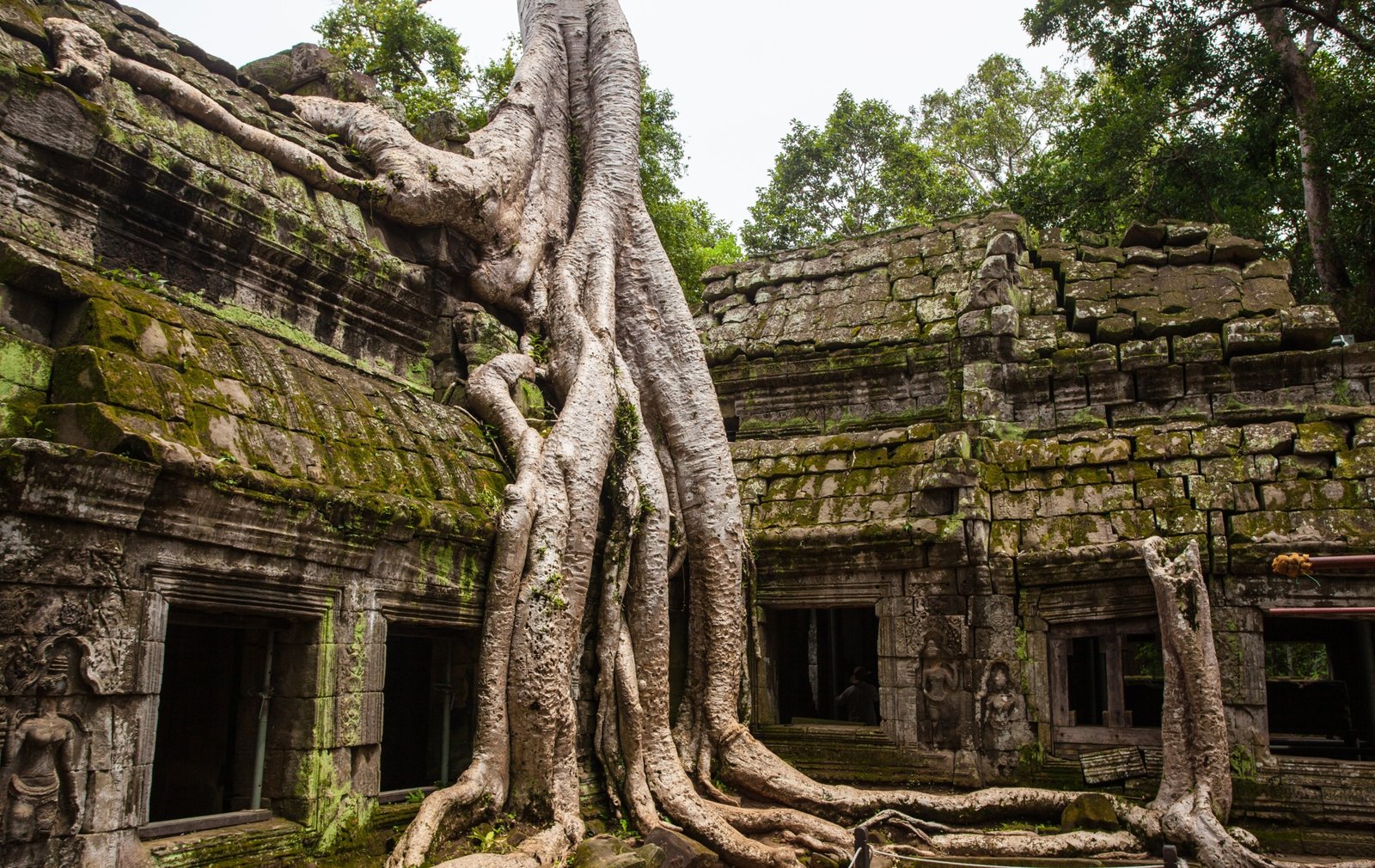Architecture is not merely about constructing buildings; it embodies the essence of a society, reflecting its history, culture, and values. However, in the face of rapid urbanization and modernization, the preservation of architectural heritage has become increasingly challenging. Architecture stands as a testament to human creativity and ingenuity, encapsulating the spirit of a civilization across time and space. From ancient wonders like the Pyramids of Giza to modern marvels such as the Burj Khalifa, architectural heritage encompasses a rich tapestry of structures that narrate the story of human evolution. However, the preservation of architectural heritage faces formidable challenges in the contemporary world, where rapid urbanization, population growth, and economic development often collide with efforts to conserve the past.

Understanding Architectural Heritage
Architectural heritage encompasses a diverse array of buildings, structures, and landscapes that bear historical, cultural, and architectural significance. These tangible remnants of the past serve as touchstones to bygone eras, offering insights into the socio-economic, technological, and artistic achievements of earlier civilizations. From ancient temples and medieval castles to colonial-era mansions and industrial sites, architectural heritage represents a continuum of human endeavour, innovation, and expression. The significance of architectural heritage extends beyond mere aesthetics; it embodies a society’s collective memory and identity, anchoring communities to their past while charting a course for the future. Whether through iconic landmarks that define city skylines or humble vernacular dwellings that reflect local customs and traditions, architectural heritage shapes the physical and cultural landscape of cities and regions worldwide.

Challenges of Preservation in Modern Times
Despite the intrinsic value of architectural heritage, preserving historic buildings and urban environments has become increasingly complex in the modern era. Several interconnected challenges pose obstacles to the conservation and stewardship of architectural heritage:

- Rapid Urbanization: The unprecedented pace of urbanization in the 20th and 21st centuries has led to the rapid expansion of cities, often at the expense of historic neighbourhoods and structures. As urban populations swell and demand for land increases, historic buildings face pressures from real estate development, infrastructure projects, and commercial ventures.
- Economic Pressures: In many cases, the preservation of architectural heritage competes with economic imperatives, as property owners, developers, and governments weigh the costs and benefits of conservation. Economic considerations such as property values, renovation costs, and potential revenue streams often influence decisions regarding the fate of historic buildings.
- Neglect and Decay: Historic buildings and monuments are susceptible to neglect, decay, and deterioration over time, especially in the absence of adequate maintenance and conservation efforts. Factors such as weathering, pollution, vandalism, and lack of funding can contribute to the gradual decline of architectural heritage assets.
- Tourism Pressures: While tourism can contribute to the preservation and promotion of architectural heritage, it also presents challenges such as overcrowding, environmental degradation, and commodification. Popular tourist destinations often grapple with the delicate balance between heritage conservation and visitor management, seeking to mitigate the adverse impacts of mass tourism on historic sites and local communities.

Balancing Modernity and Tradition
Preserving architectural heritage necessitates a nuanced approach that reconciles the imperatives of modernity with the imperatives of tradition. Striking this delicate balance requires a multifaceted strategy that acknowledges the evolving needs of society while respecting the integrity and authenticity of historic buildings and urban landscapes. Several key principles underpin successful efforts to balance modernity and tradition in architectural heritage preservation:

- Adaptive Reuse: Adaptive reuse involves repurposing historic buildings for contemporary uses while retaining their architectural integrity and character. By adapting old structures to serve new functions such as residential lofts, office spaces, cultural venues, or boutique hotels, adaptive reuse projects breathe new life into historic buildings while preserving their heritage value.
- Sensitive Restoration: Restoration aims to return historic buildings to their original state or a specific period in history, using traditional materials, craftsmanship, and techniques. Sensitive restoration practices involve meticulous research, documentation, and conservation work to ensure that interventions respect the historical significance and authenticity of architectural heritage assets.
- Contextual Integration: In contexts where new development coexists with historic buildings, contextual integration seeks to harmonize contemporary architecture with the surrounding built environment. Design strategies such as sympathetic infill, compatible scale, and complementary materials help new construction blend seamlessly with historic fabric, enhancing the overall character and coherence of urban landscapes.
- Preservation Planning: Preservation planning involves the formulation of comprehensive strategies and policies to guide the management, protection, and promotion of architectural heritage resources. Integrated approaches to preservation planning encompass heritage inventories, regulatory frameworks, incentive programs, and public outreach initiatives aimed at engaging stakeholders and fostering a culture of stewardship.
- Community Engagement: Engaging local communities in the preservation and management of architectural heritage is essential for ensuring sustainable outcomes and fostering a sense of ownership and pride. Community-based initiatives such as historic district associations, heritage trails, oral history projects, and volunteer programs empower residents to participate in decision-making processes and advocate for the preservation of their cultural heritage.
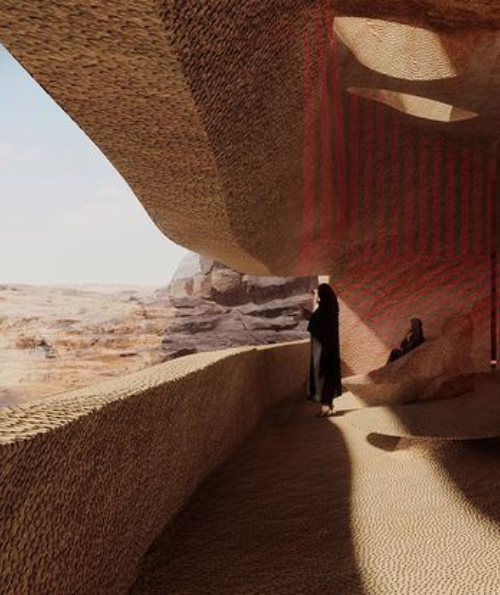
Real-Life Examples
- The Historic City of Venice, Italy
Venice stands as a symbol of architectural splendour, renowned for its intricate network of canals, palatial residences, and historic landmarks. However, the city faces multifaceted challenges, including subsidence, flooding, tourism pressures, and demographic decline. Despite these challenges, Venice has implemented innovative preservation strategies to safeguard its architectural heritage while adapting to the demands of the 21st century.
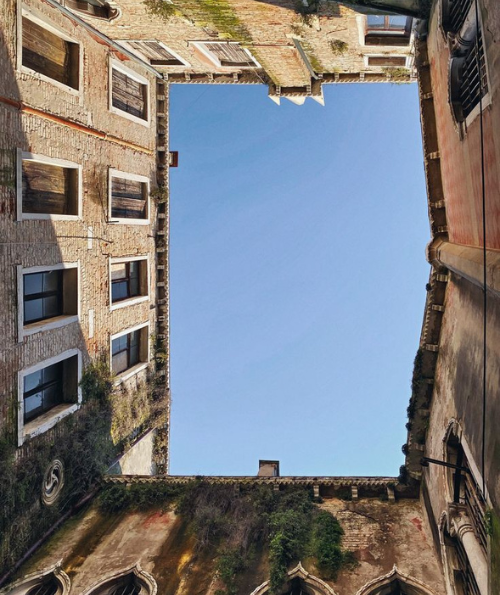
One notable example of successful preservation in Venice is the restoration of the Rialto Bridge, an iconic landmark spanning the Grand Canal. Built in the 16th century, the Rialto Bridge has undergone numerous repairs and modifications over the centuries, leading to structural deterioration and aesthetic degradation. In 2016, a comprehensive restoration project was undertaken to address structural weaknesses, stabilize foundations, and enhance the bridge’s appearance. The restoration of the Rialto Bridge exemplifies the principles of sensitive restoration and adaptive reuse, as it sought to preserve the bridge’s historic fabric while ensuring its continued functionality and accessibility. The project involved extensive research, documentation, and analysis to identify original materials and construction techniques, enabling craftsmen to replicate traditional methods and materials in the restoration process.
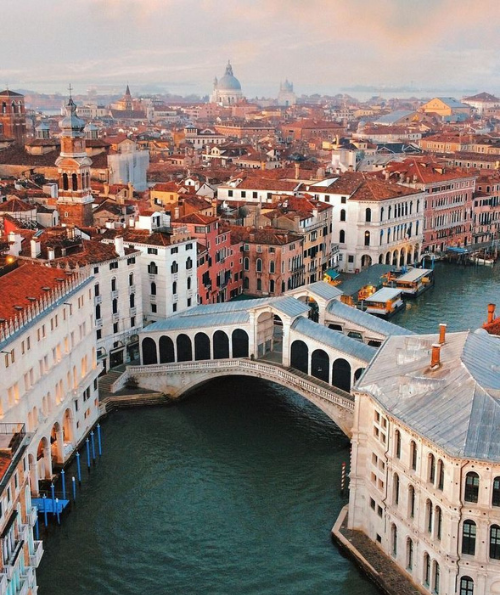
Another example of successful preservation in Venice is the adaptive reuse of historic palazzos as luxury hotels, restaurants, and cultural venues. With the decline of traditional industries such as shipbuilding and silk production, many historic palazzos in Venice faced abandonment and decay. To revitalize these vacant properties, preservationists collaborated with developers, architects, and hospitality entrepreneurs to transform historic palazzos into upscale accommodations and attractions.

One example is the Aman Venice, a luxury hotel housed within the Palazzo Papadopoli, a magnificent 16th-century mansion overlooking the Grand Canal. The adaptive reuse of the Palazzo Papadopoli involved meticulous restoration work to preserve original features such as frescoes, stuccoes, and marble floors while integrating modern amenities and comforts. The hotel’s interiors blend period furnishings with contemporary design elements, creating a seamless fusion of past and present.
- The Old Town of Lijiang, China
Lijiang’s Old Town is a UNESCO World Heritage site renowned for its well-preserved vernacular architecture, labyrinthine alleyways, and vibrant cultural heritage. Situated in China’s Yunnan Province, Lijiang’s Old Town dates back over 800 years and represents a unique blend of Han, Tibetan, and Naxi influences. Despite rapid urbanization and tourism development in other parts of China, Lijiang’s Old Town has managed to retain its cultural authenticity and architectural integrity through proactive preservation efforts.

One of the key factors contributing to the preservation of Lijiang’s Old Town is the implementation of strict conservation regulations and zoning restrictions. In 1997, Lijiang was inscribed as a UNESCO World Heritage site in recognition of its outstanding universal value and significance. Subsequently, the local government introduced heritage conservation plans, urban design guidelines, and building codes aimed at protecting the Old Town’s historic fabric and traditional urban layout.
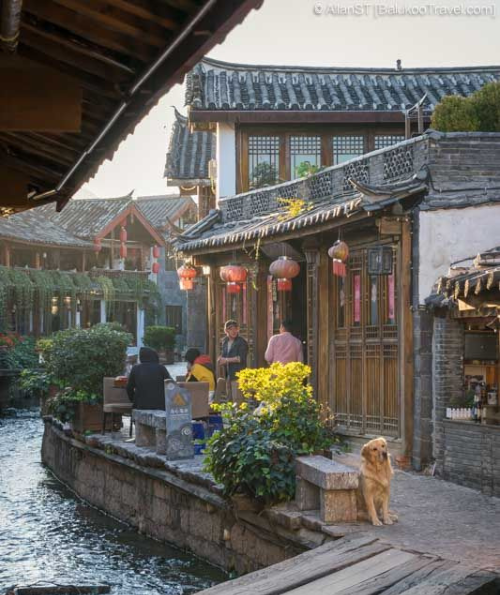
One example of successful community engagement in Lijiang is the restoration of traditional Naxi courtyard houses, known as “Siheyuan,” which are characteristic of the region’s architectural heritage. Many of these historic courtyard houses had fallen into disrepair or were threatened by redevelopment pressures. To address this challenge, residents formed cooperative associations to pool resources, share expertise, and undertake collective restoration projects. Through collaborative efforts, residents revitalized derelict courtyard houses, preserving their distinctive architectural features such as wooden beams, carved doorways, and ornamental courtyards. These restored courtyard houses now serve as cultural heritage centres, guesthouses, and artisan workshops, showcasing traditional Naxi craftsmanship and lifestyle to visitors from around the world. By empowering local communities to take ownership of their architectural heritage, Lijiang’s preservation model demonstrates the importance of bottom-up approaches to heritage conservation.
- The Ancient City of Petra, Jordan
Petra, located in the southwestern desert of Jordan, is an ancient Nabatean city renowned for its rock-cut architecture, monumental tombs, and archaeological treasures. Founded over 2,000 years ago, Petra served as a thriving trading hub and cultural crossroads, linking the Arabian Peninsula with the Mediterranean world. Today, Petra is a UNESCO World Heritage site and one of the New Seven Wonders of the World, attracting thousands of visitors each year to marvel at its breathtaking beauty and historical significance.

Despite its remote location and harsh desert environment, Petra faces numerous challenges related to the preservation and conservation of its architectural heritage. To address these challenges, the Government of Jordan, in collaboration with international partners and heritage organizations, has implemented a range of preservation initiatives aimed at safeguarding Petra’s architectural heritage while promoting sustainable tourism and community development. These initiatives encompass conservation projects, site management plans, visitor management strategies, and capacity-building programs aimed at enhancing the resilience and sustainability of Petra as a cultural heritage destination.

One of the key conservation challenges in Petra is the stabilization and restoration of its rock-cut monuments, including iconic landmarks such as the Treasury (Al-Khazneh), the Monastery (Ad Deir), and the Royal Tombs. Carved into sandstone cliffs by the Nabateans over two millennia ago, these monumental structures are susceptible to erosion, rockfalls, and structural instability due to weathering and human activity. To address these conservation challenges, Petra Archaeological Park (PAP), the government agency responsible for managing the site, collaborates with conservation specialists, archaeologists, engineers, and local communities to undertake comprehensive restoration projects. One example of successful conservation and community engagement in Petra is the UNESCO Petra Project, a collaborative initiative aimed at promoting sustainable tourism and heritage preservation through capacity-building, infrastructure upgrades, and community empowerment. Launched in 2016 with funding from international donors, the UNESCO Petra Project focuses on enhancing site management, conservation training, and heritage tourism development in partnership with local stakeholders and government agencies.

As societies grapple with the complexities of urbanization, globalization, and environmental change, the preservation of architectural heritage remains a vital component of sustainable development, cultural identity, and human well-being. By embracing innovative approaches to conservation, fostering partnerships between stakeholders, and harnessing the power of technology and community activism, cities and communities can ensure that their architectural heritage continues to inspire, educate, and enrich lives for centuries to come.

As stewards of our built heritage, we are entrusted with the responsibility to safeguard the legacy of previous generations, celebrate the diversity of human creativity, and create inclusive, resilient, and sustainable cities for present and future inhabitants. Through collective action, shared values, and mutual respect, we can navigate the complexities of modernity and tradition to forge a more harmonious and equitable world where architectural heritage thrives as a testament to the enduring spirit of humanity.

